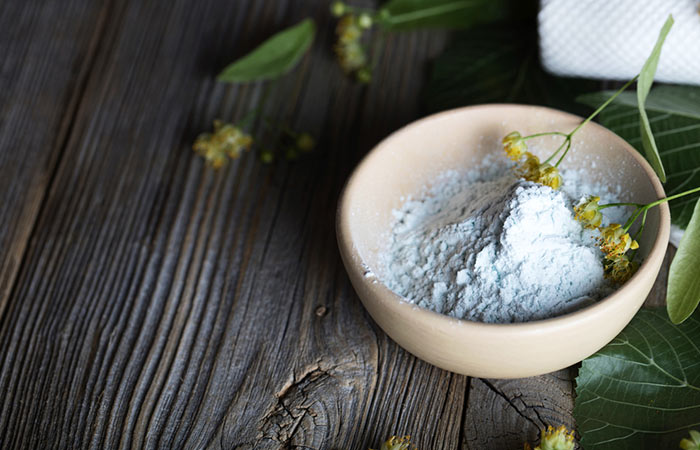Five common types of modification methods for kaolin clay

In the application process of kaolin, modification is an important deep processing method. It is based on the active groups of kaolin (including aluminum alcohol groups, silanol functional groups, etc.) and changes the process characteristics of kaolin through mechanical, physical, and chemical methods. , to meet its application requirements in production in various fields and industries.
1. Thermal modification
Thermal modification mainly removes part or all -OH from the surface of kaolin through high-temperature calcination, thereby changing the surface properties of kaolin and making it have higher whiteness, better insulation and thermal stability. Applying it as a filler to coatings, rubber, plastics, and paints can improve the performance of the corresponding products.
2. Acid-base modification
Acid modification means that during the calcination process of kaolin, the chemical environment of Al in the phase change process is different, making the Al in it have acid reactivity. Alkali modification means that during the calcination process of kaolin, the chemical environment of Si is different during the phase change process. The SiO2 in the kaolin is calcined at high temperature to activate it, so that the activated silicon in the kaolin reacts with alkaline substances to achieve the purpose of modification.
After acid-base modification, the pore size of kaolin increases, the pore distribution is more concentrated, and the specific surface area is greatly increased. Using acid-base modified kaolin as a filler can improve the air-tightness performance of composite materials.
Surface modification refers to the process of coating some organic or inorganic substances on the surface of kaolin particles through physical or chemical adsorption, thereby modifying kaolin. It is currently the most important modification method of kaolin. Commonly used surface modifiers mainly include silane coupling agents, silicone (oil) or silicone resin, surfactants and organic acids.
Silane coupling agent is the most commonly used and effective surface modifier for kaolin fillers. The treatment process is relatively simple. Generally, kaolin powder and prepared silane coupling agent are added to the modification machine for surface coating treatment. The process can be carried out continuously or in batches.
After surface modification, kaolin has good hydrophobicity and lipophilicity, better dispersion in the polymer matrix, is less likely to agglomerate, and has better compatibility with the polymer. The surface-coated kaolin is used as filler to fill plastics, rubber and other polymers in order to improve the mechanical properties and gas barrier properties of plastics and rubber composites.
4. Intercalation modification
Due to its special structure, kaolin has hydrogen bonds between layers and strong covalent bonds within the layers, and the two sides of the layers are respectively the silicon-oxygen tetrahedron atomic layer and the aluminum-oxygen octahedron hydroxyl layer, so there are only a few highly polar ones. Only substances with small molecular weight can be inserted into the kaolin layers, such as DMSO, formamide (FA), potassium acetate, hydrazine, etc. Other organic macromolecules require two or more intercalations to enter the kaolin layers. What’s more, The latter needs to be inserted into the kaolin layer by displacement or entrainment of the precursor.
Intercalation modification technology is a kaolin surface modification technology that is widely used in the preparation of nanoscale kaolin. After intercalation, the distance between kaolin layers increases. After intercalation and peeling, the kaolin particle size is smaller and the specific surface area is larger. Using kaolin that is first intercalated and then peeled off as a filler to improve the air-tightness of composite materials is currently an important method to improve the air-tightness of composite materials.
5. Mechanochemical modification
The mechanochemical modification method essentially uses mechanical energy to activate particles and surface modifiers to achieve the purpose of converting mechanical energy into chemical energy. This can be achieved through strong mechanical stirring, impact, grinding, etc., or with the help of external mechanical force. The surface of the powder particles is coated with a layer of finer or functional powder particles. The mechanical chemical modification method uses different machines and modification processes, so the modification effects of the powder are also different.
